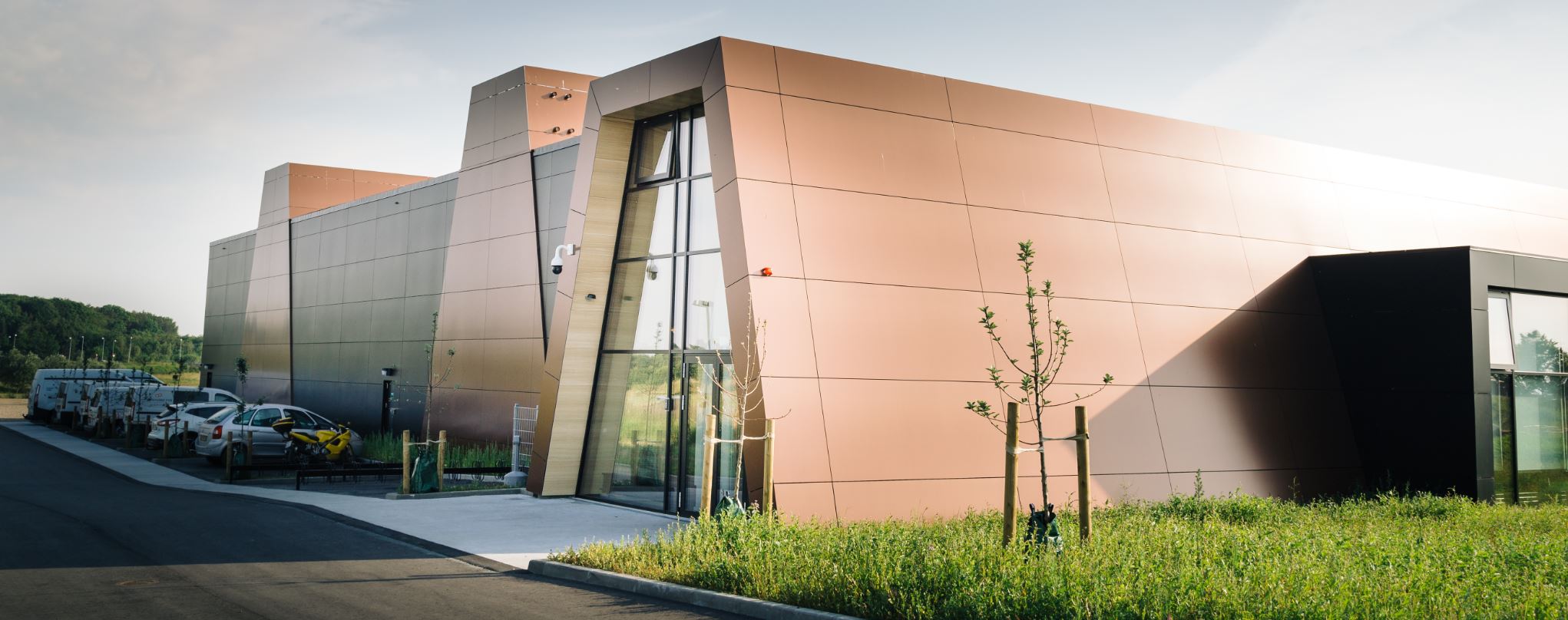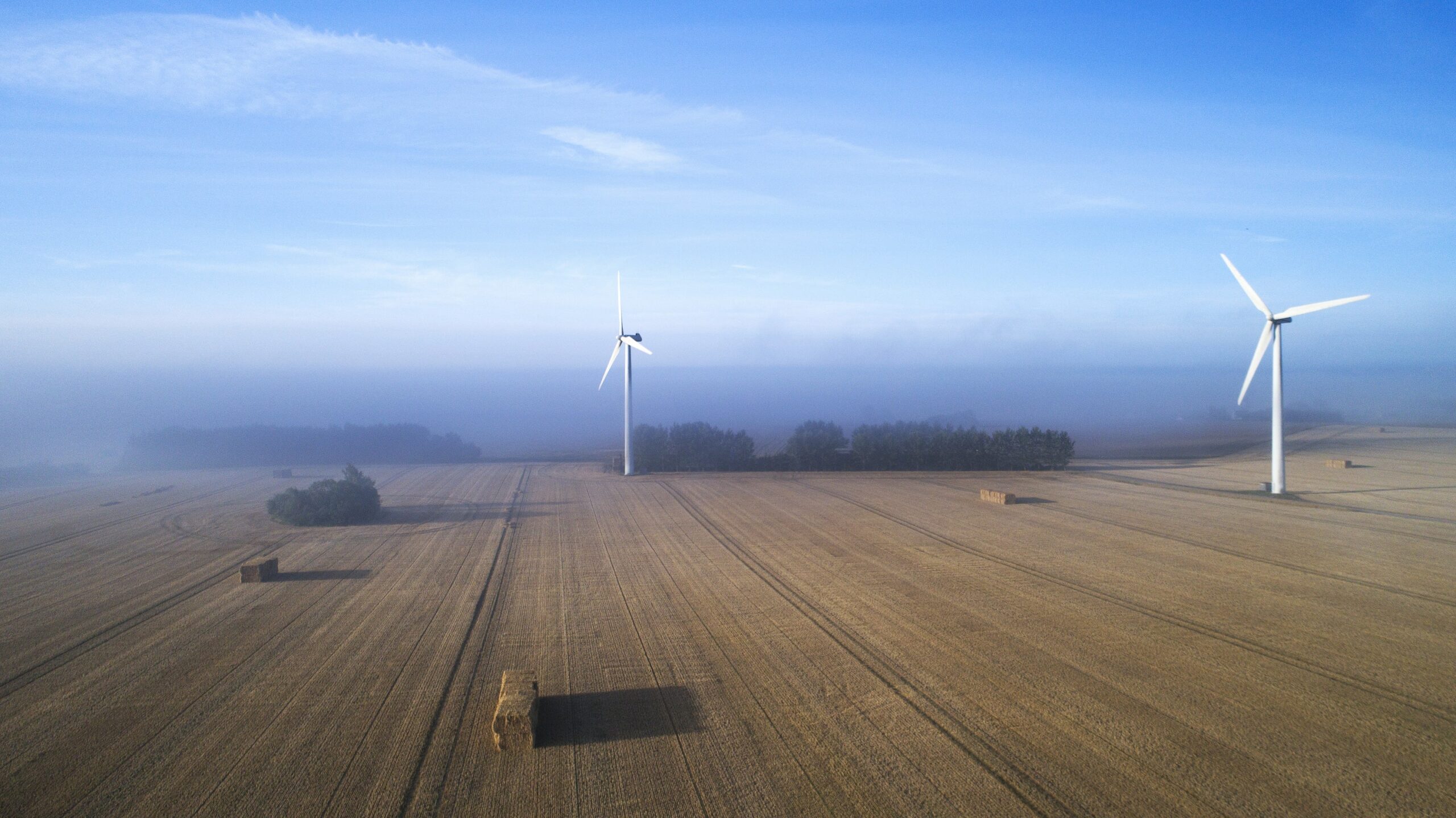News
District cooling
District energy
District heating
How to supply green heating and cooling for urban areas while lowering CO2 emissions – solutions detailed in White Paper


Should you ever find yourself in Copenhagen on a chilly afternoon, you can be 98 per cent certain that the room you are in is heated by district heating. Yes, only 2 per cent of households in the Copenhagen municipality are not covered by district heating.
District energy in Denmark has a long history and is today one of the core elements of what makes the Danish energy mix unique. However, district heating is in a constant process towards increased sustainability and new technology improvements. To capture the insights from the district energy sector in Denmark, State of Green has published an updated White Paper on district energy.
The White Paper details the policy framework for district energy, provides insights from the sector, highlights the best-case examples of innovative solutions within district energy and paints a picture of a future with increased district energy in the global energy mix.
Dan Jørgensen, Danish Minister of Climate, Energy and Utilities in the foreword of the White Paper:
“Denmark is a showcase for how district energy can provide cost-effective, energy efficient and climate friendly heating and cooling in urban areas. Almost two out of three homes in Denmark have their heat and hot tap water needs met by district energy."
World’s largest district heating plant using heat from data centre
Among the green solutions in the Danish district energy sector is the world’s largest district heating plant based on surplus heat from a data centre. The collaboration between Facebook and the Danish operator Fjernvarme Fyn (District Heating Funen) started commissioning in early 2020.
This district heat project is one among many of the Danish solutions in district energy that has the potential to inspire globally for a new way of supplying heating and cooling to citizens. One of the core values of district heating is the fuel flexibility. District heating solutions take heat that has no or very low value in one place – e.g. surplus heat from a data centre – and transforms it into high value heating.
This flexibility in fuel leads to a more sustainable path as renewable sources of energy input is on the rise. In Denmark, over 60 per cent of district heating was produced from renewable sources in 2018. This shift toward green heating has significant positive consequences for local populations and can be implemented across the world.
The White Paper, for instance, highlights how the Chinese town Shangri-La is able to supply heating even as temperatures drop down to -27 °C, while significantly decreasing CO2 emissions and lowering air pollution. This is all done based on Danish district energy expertise.
-Related solution: Smart combination of district cooling, district heating and waste water in Taarnby
Strong global potential in district heating
District energy has a dual perspective within both heating and cooling, where the same solution can be tailored according to the needs and demands of the population. Warm summers in Denmark have increased the demand for district cooling in addition to heating.
Therefore, the Greater Copenhagen Utility Company, HOFOR, has constructed a district cooling system based on the already well-established district heating system. This new cooling system is estimated to result in up to 70 per cent reduction in CO2 emissions and 40 per cent cost reduction compared to conventional cooling.
“Reaching the objective of the Paris Agreement to keep the rise in global temperatures well below 2 degrees °C and to pursue efforts to limit temperature increases to no more than 1.5 degrees °C, require that nations around the world implement proven green technologies. District energy is part of the solution and contributes to a competitive, green economy that employs limited resources in the most cost-efficient way,” said Dan Jørgensen, Danish Minister of Climate, Energy and Utilities.
District energy and climate ambitions go hand in hand – and the link is becoming ever more important. Increasing urbanisation worldwide is increasing the demand for district heating and cooling. In the EU alone, the level of urbanisation is expected to grow to 84 per cent in 2050. In Denmark, where two-thirds of all households are already covered by district heating, analyses show that it is still economically feasible to the increase the market share of district energy.
-Related solution: Turning golden straw into green energy
Read more on the inspiring cases on district energy in the White Paper here.
Photo credit: Peter Kiaerbye, Fjernvarme Fyn















